How to Plan a Trekking Tour to Mt. Everest
Tibet side of Mount Everest has always been a paradise for hikers. There are mainly three routes for hikers and outdoor enthusiasts:(1) trekking from Old Tingri to Everest Base Camp;(2) trekking at Eastern Side of Mt. Everest;(3) trekking to Mount Everest Advance Base Camp (EABC) . The article analyses the three routes in detail.
Best time trekking to Everest Base Camp
The most recommended time for touring the Mount Everest falls from April to June and September to November.
The two periods of the recommended time for Tibet EBC tour bears a lot of similarities. From April to June, the temperature rises moderately and the weather turns to be much warmer. Days start to stretch out to provide more daylights for visitors to explore while the night tends not to be as cold as in winter time.Down the trail in the valley, flowers are in early bloom and plants and trees are all turning green. The grassland becomes luxuriant everywhere with strong vitalities.
With the receding of the yearly monsoon reason in September, October and November, days are gradually dominated by the constant bright sunshine with warm temperature and comfortable fresh air.
Wind blows away the thick covering clouds and the Everest mountain peak is brought to light again. With great visibility, a variety of trees and plants start turning yellow or red, making the EBC trail the multicolored one with the most stunning views among all the seasons
Notice: To take an adventure to Mount Everest, you must be aware that you will have to obtain several necessary permits. Otherwise, your Mount Everest dream couldn’t be accomplished.
(1) Trekking from Old Tingri to Everest Base Camp
Old Tingri refers to Gangga Town at Dingri County. During this trek, you will walk in the shadow of giant Mount Everest, which will give you an exciting mixture of solitude, wildlife seeing as well as physical and mental challenge. This route takes you to traverse from the vast plain of Tingri, along a motorable track, to the wild Ra-chu Valley, then enter pastures of herders and livedock, and go up to the highest point Pang-la (5350m), then walk up and down along isolated valleys to reach the final destination– Everest Base Camp.
Who is suitable for the old Tingri to EBC Trekking?
The route is suitable for all people without severe altitude sickness. The trekking is relatively safe, as the route covers only flat country roads. Our tour guides are all local Tibetans. They are friendly and can help you communicate with local Tibetans. As there are cars and horses passing, you can always quit as long as you find the trekking difficult to continue. Daily Itinerary
The entire journey is 70 kilometers. In order to enable tourists have more time to experience the local customs, we have arranged a four-day trip for this route, with an average daily travel distance of 18 km.
Day 1: Gangga Town- Longjiang Village(13 kilometers; 5 hours)
Stay overnight at Longjiang Village.
Day 2: Longjiang Village- Langla Mountain Pass(21 kilometers; 8 hours)
Stay overnight at langla Pass.
Day 3: Langla Mountain Pass- Zangpu Village(18 kilometers; 7 hours)
Stay overnight at Zangpu Village
Day 4: Zangpu Village- Rongbu Temple- Base Camp( 22 kilometers; 8 hours)
Stay overnight at the base camp
(2) Trekking at Eastern Side of Mt. Everest(Gama Valley Trekking Tour)
On the east slope of Mt. Everest lies the Gama Valley region. Gama Valley, together with, Gyirong Valley, Zhangmu Valley, Ya Dong Valley makes "Four Great Valleys" in Shigatse region. As early as 1920’s, Gama Valley was recommended as the most beautiful valley in the book Exploration of Mt. Everest, written by British explorer Barry. The Gama Valley abounds with diversified vegetation and rare animals and in fact the valley has been considered as "a botanical gene bank". As Mt. Everest range stretches from low valleys (2200m) to towering mountains(8848m), trekkers will be provided with an opportunity to experience the grandeur of Mt. Everest, Mt.Makalu, glacier, and snow leopard, etc. In addition, Gama valley boasts of its Orchid Valley, an extraordinary attraction as well as the campsite of Gama valley, where tourists are able to enjoy the unusual orchid at such high altitude.
Who is suitable for trekking to Gama Valley
The hiking route is extremely complicated. The altitude difference is very large and it takes at least 8 days to finish the trip. Therefore, this route is suitable for experienced hikers. If you don't have any experience trekking on the high- altitude areas, you’d better not try this route.
Daily Itinerary
As Mt. Everest range stretches from low valleys (2200m) to towering mountains(8848m), trekkers will be provided with an opportunity to experience the grandeur of Mt. Everest, Mt.Makalu, glacier, and snow leopard, etc. In addition, Gama valley boasts of its Orchid Valley, an extraordinary attraction as well as the campsite of Gama valley, where tourists are able to enjoy the unusual orchid at such high altitude.
D1: Rebu Village (altitude:3900 meters)--Damupu-- Xiaowucuo (4650 meters) 4 hours
D2: Xiaowucuo (4650 meters)--Xiaowula(4900 meters)--Xueruo Valley-- Zhuoxiang (4000 meters) 7-8 hours
D3: Zhuoxiang (4000 meters)--Cuolang(4320 meters)--Xianong Ranch (4400 meters)--Tangxiang (4550 meters) 6-7 hours
D4: Tangxiang (4550 meters)--Badang (4315 meters)--E’ga (4690 meters) 6-7 hours
D5: E’ga (4690 meters)--Baidang-- Eastern Slop Base Camp(5,310 meters)--E’ga(4690 meters ) 10 hours
D6: E’ga (4690 meters)--Badang (4310 meters) - Tangxiang (4550 meters) 5 hours
D7: Tangxiang (4550 meters)--Tsoshutrima (5020 meters) 5 hours
D8: Tsoshutrima(5020 meters)--Langmara (5400 meters)--Lazecuo(5050 meters)--Lunzhuling Village (3990 meters) 8 hours
(3) Trekking to Mount Everest Advance Base Camp (ABC)
The straight-line distance is 15 kilometers and the travel distance is about 28 kilometers. It is the best route to watch China's most beautiful glacier-- Rongbuk Glacier. There are 2 intermediate camps in the whole process. C1 is set at 5,500 meters east of the Rongbuk Glacier and C2 is set at the branch of Zhangzi Peak.
Two large tributary glaciers, the East Rongbuk Glacier and the West Rongbuk Glacier, flow into the main Rongbuk Glacier. It flows north and forms the Rongbuk Valley north of Mount Everest. The famous Rongbuk Monastery is located at the northern end of the Rongbuk valley. Mount Everest is the source of the Rongbuk Glacier and East Rongbuk Glacier.
Who is suitable for Advance Base Camp
Those equipped with great physical strength and ample hiking experience can choose this route.
Daily Itinerary
The travel distance is about 28 kilometers. Despite the short distance, the trip is not easy, as the altitude rises from 5200 meters to 6400 meters.
D1: Everest Base Camp(altitude: 5,200 meters) -- C1 camp(5500 meters)
5 kilometers; 5-7 hours.
D2: C1 camp-- the intermediate camp(5,800 meters)
6 kilometers; 6-7 hours.
D3: The intermediate camp--C2 camp(6,100 meters)
5 kilometers; 6 hours.
D4:C2 camp-- Advance Base Camp( 6,400 meters)-- C2 camp
D5: C2 camp--Everest Base Camp
Packing Well for the Extreme Weather
Whenever you trekking on Mount Everest, remember to get fully prepared for the climate. The most important thing is to keep warm especially in the night time when the temperatures may decrease to below 0℃. Even in the day time, you should keep warm, which is helpful for prevent from catching a cold on the plateau. A great idea is to bring different clothes for different conditions – daytime, night, rain, snow, etc. A pair of high trekking shoes, an alpenstock, hiking jacket and pants, hat, sunglasses are all necessary. Camping gears like thick tents and sleeping bags are also necessary to be packed with
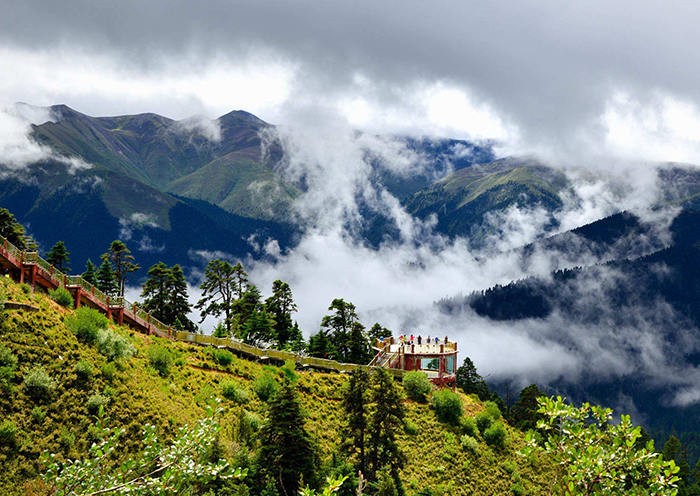
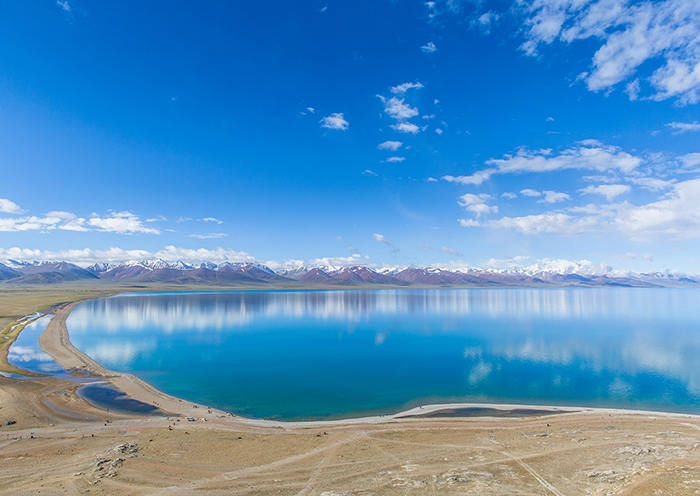
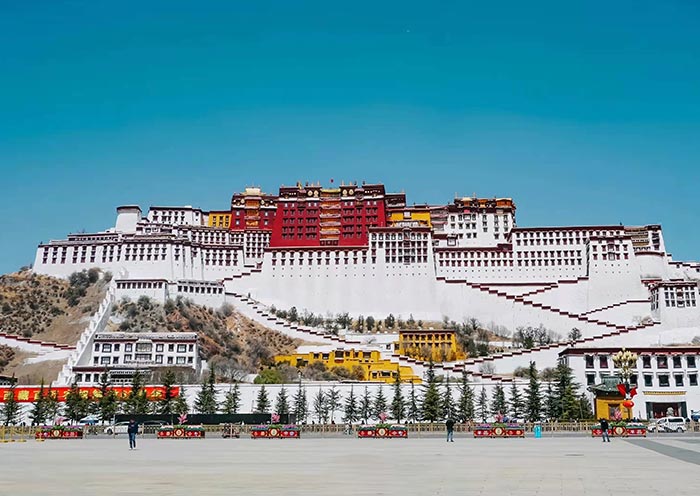
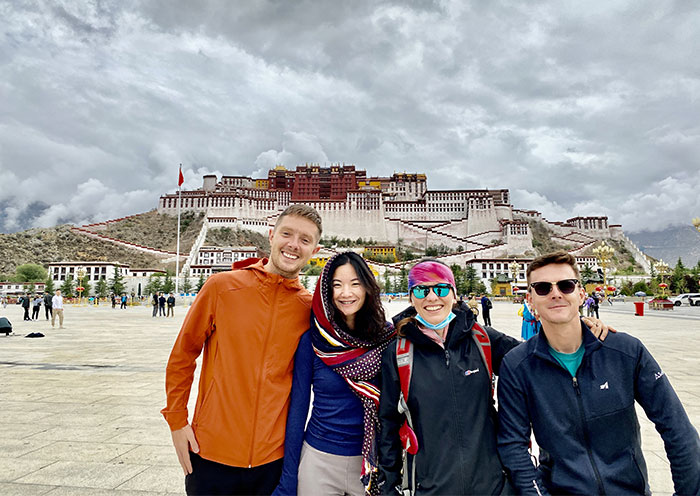
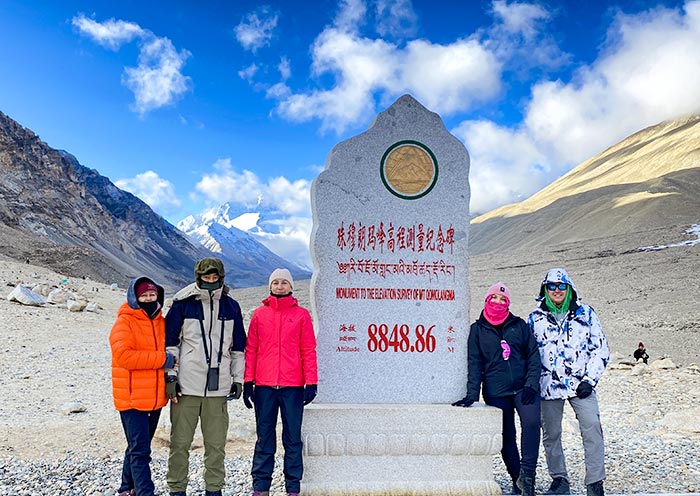
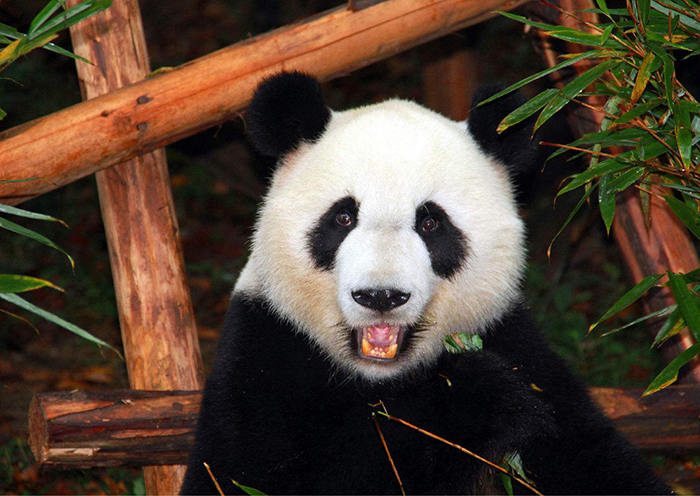
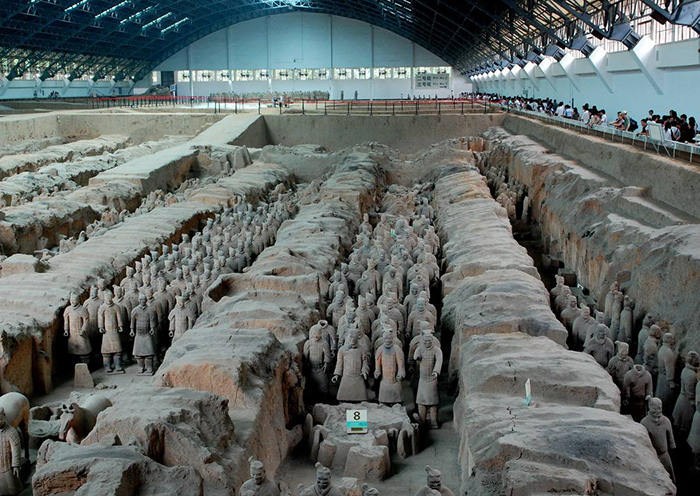
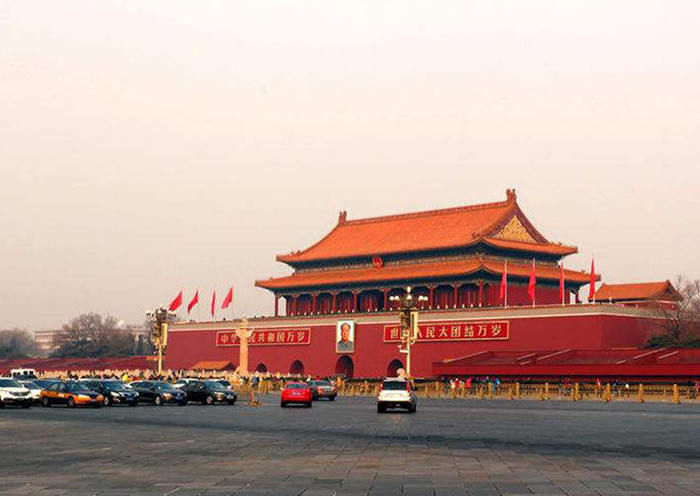
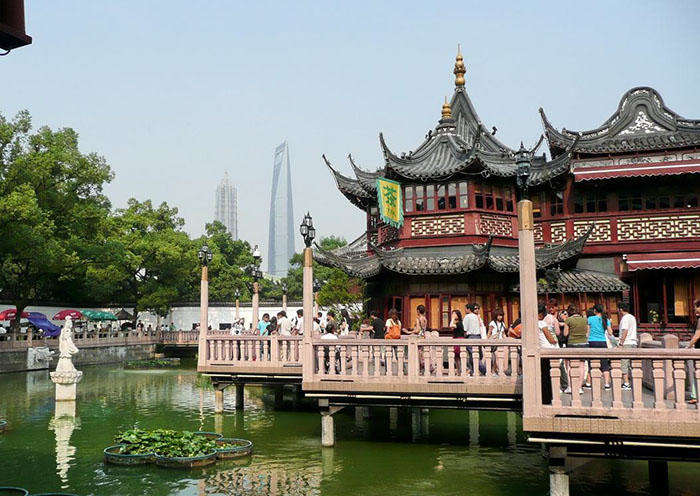
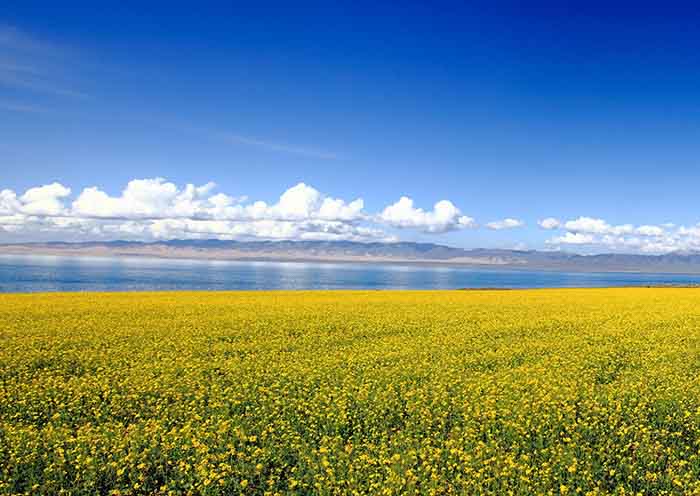
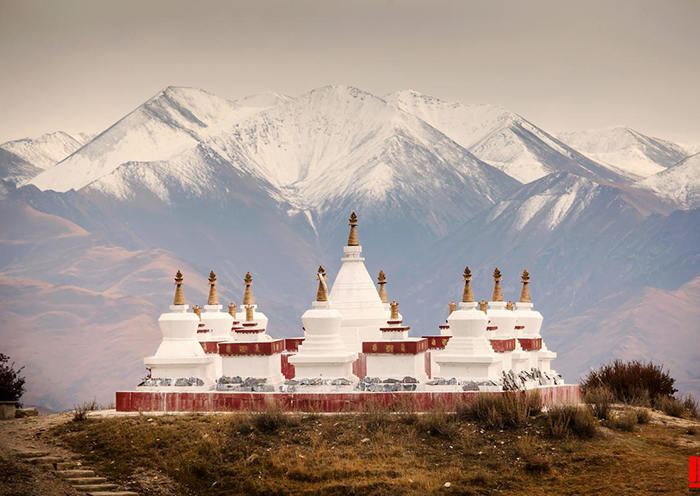
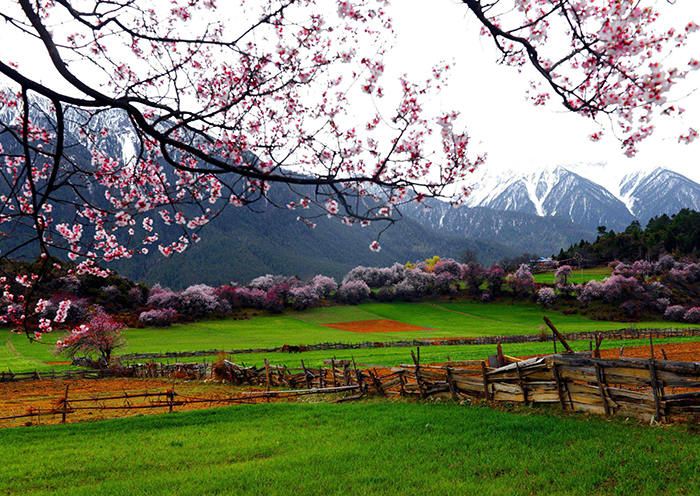
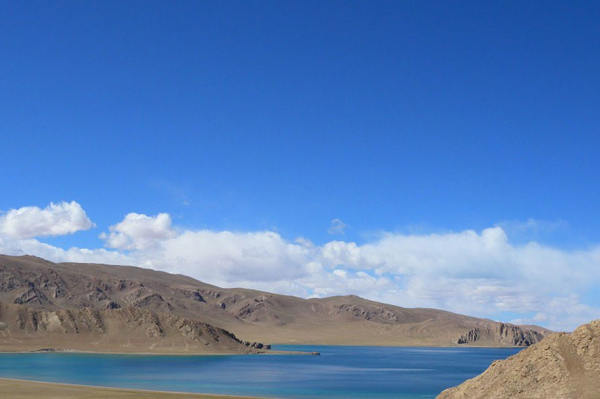
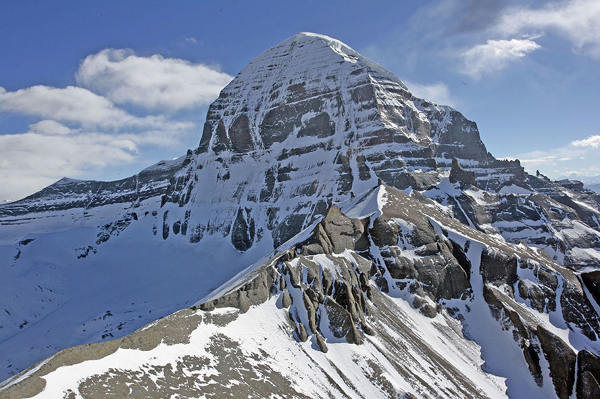
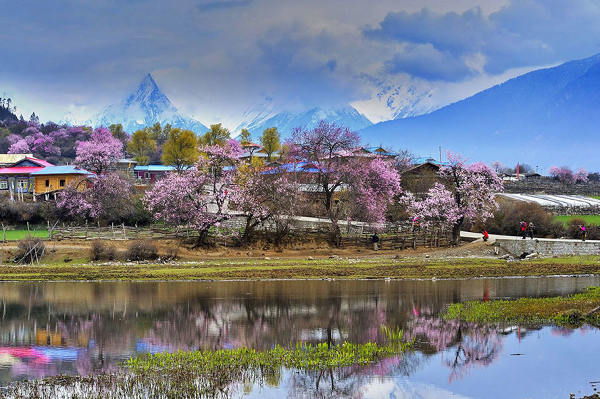
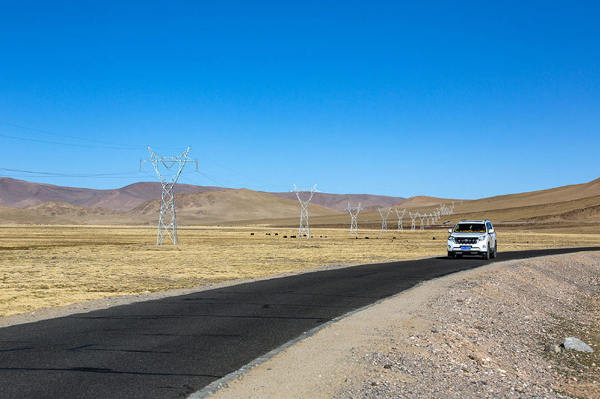

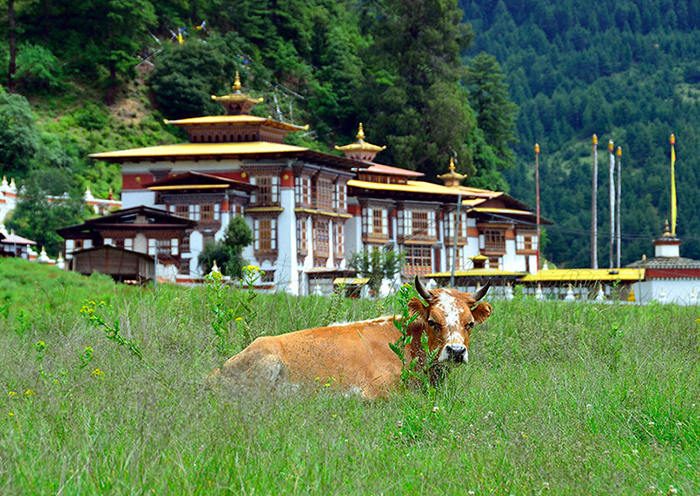
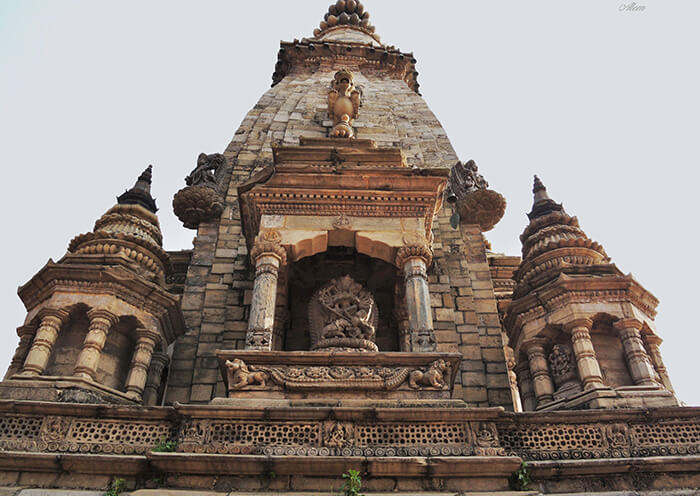
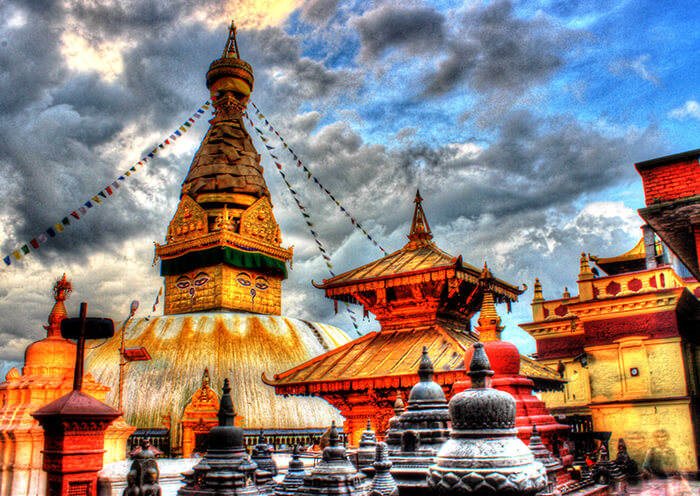

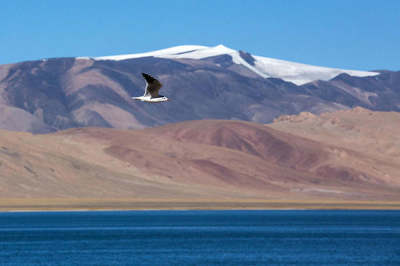

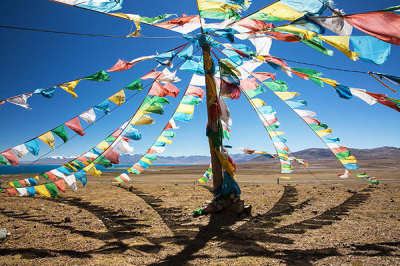

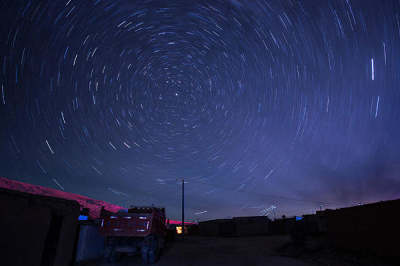

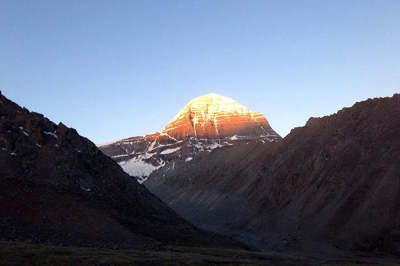

 Data in submission...
Data in submission...